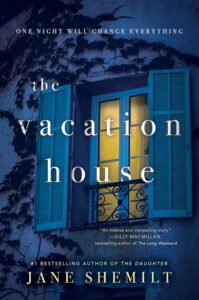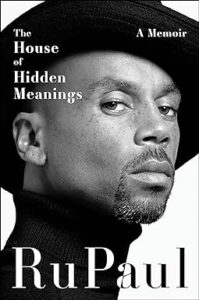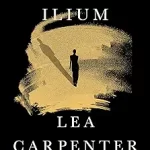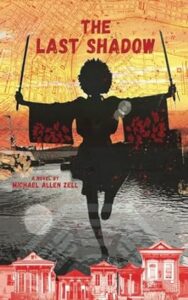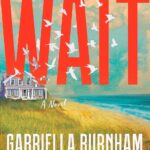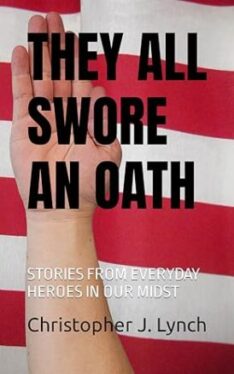(Reviewed by JD Jung)
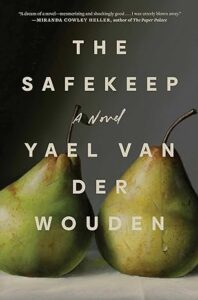

It’s 1961, almost twenty years after the war, and it would appear as if the Netherlands has recovered. However, scars linger beneath the surface in unimaginable ways.
Isabel, who is almost thirty years old, doesn’t have much of a social life. She’s rigid, and lives alone in the house she grew up in. It is owned by her uncle, and will go to her brother, Louis, upon his death. Next in line will be her younger brother, Hendrik. However, she sees this house as all she has in life.
The introduction of Louis’s lover, Eva, disrupts Isabel’s carefully constructed world. The problem is that Louis must go out of town for a few weeks on business and allows Eva to live in the family home with his sister. Isabel is furious and as kitchen items start to disappear, this confirms her anger and suspicions. However, she soon finds herself under Eva’s spell and this emotional manipulation truly challenges Isabel, marking a pivotal turn in the story.
What sets The Safekeep apart is its masterful character development, which extends beyond the protagonists to encompass a rich tapestry of supporting characters, each imbued with depth and complexity.
As the story unfolds, the plot twists and turns with a gripping intensity that defies anticipation. As I was reading, I had preconceived notions of how the story would proceed, but I was continually surprised by the unforeseen developments. This kept me engaged until the final page. Yet, despite the unexpected conclusion, I felt it satisfying, leaving no loose ends to ponder.
The Safekeep seamlessly blends intrigue with historical events in a tale that resonates long after the final chapter. Whether you’re drawn to its historical backdrop or its nuanced exploration of human nature, this is a novel that captivates from beginning to end.
